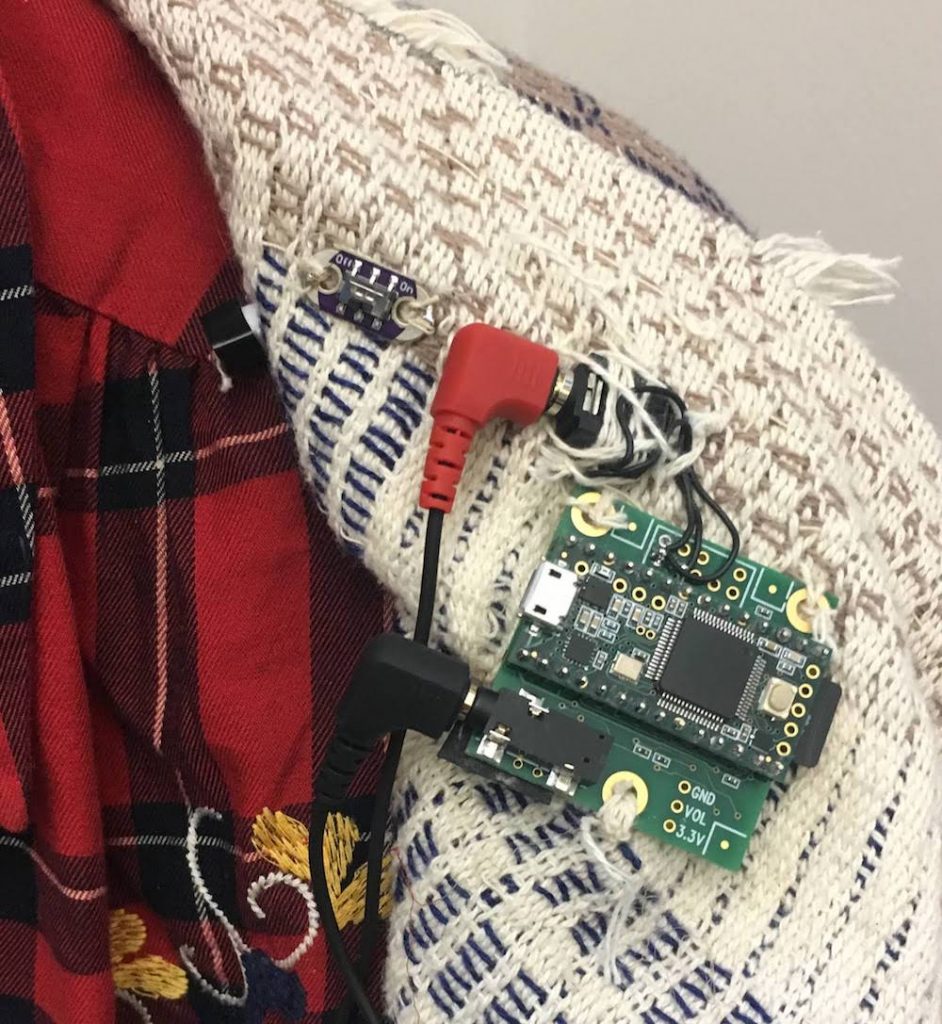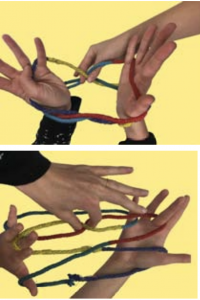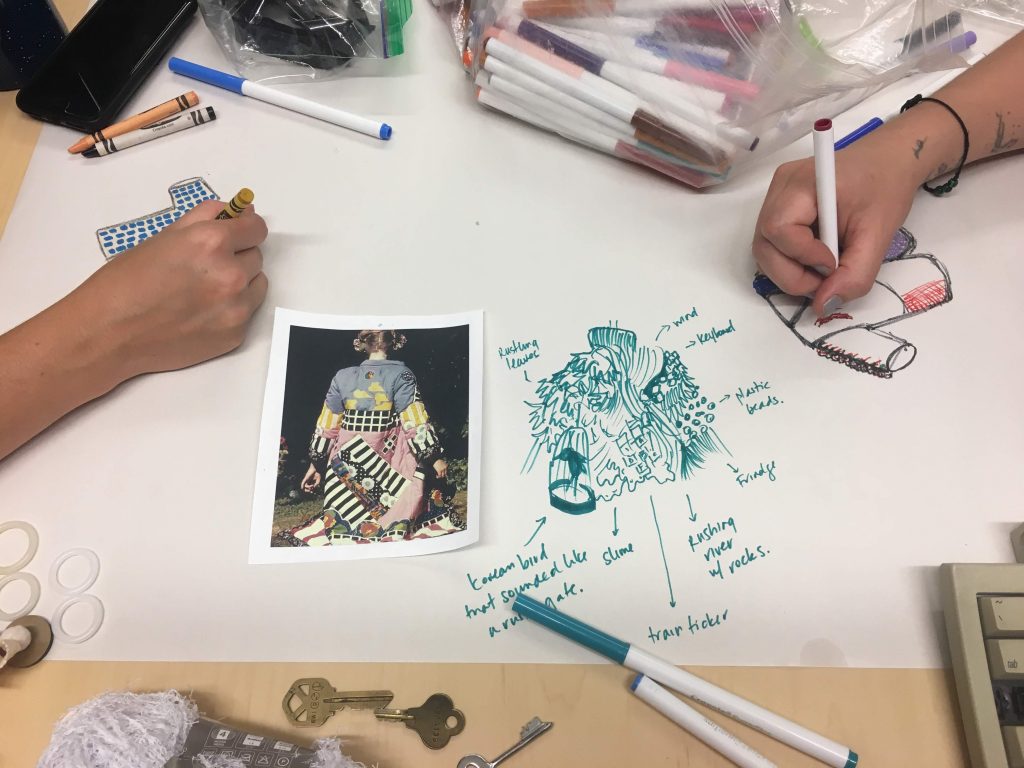
When I first watched an ASMR video I was both fascinated and confused. I found these videos to be fantastically strange because they had an uncanny way of taking conventionally boring objects and situations and turning them into a source of interest and relaxation for millions of people. I wondered if the way that we interact with ASMR videos is reshaping our relationships with technology. Or perhaps indicative of some cultural shift that is already underway. Over the course of a year, I worked with Laura to gain a deeper understanding of ASMR related media and whether or not it could be relevant to the design of technology, specifically the wearable kind. This project included: an indepth look at ASMR videos on youtube and tried to isolate their unique aesthetic qualities; a pilot study where users took home a “sonic toolkit” in order to understand how “ASMR-like” sounds relate to everyday life; and an interview with a Melinda Lauw, a “live” ASMR creator. The project culminated in the creation of two interactive garments that are based off of Laura and I’s individual interpretations of how ASMR videos can inspire wearable technology for connecting meaningfully with our surroundings.
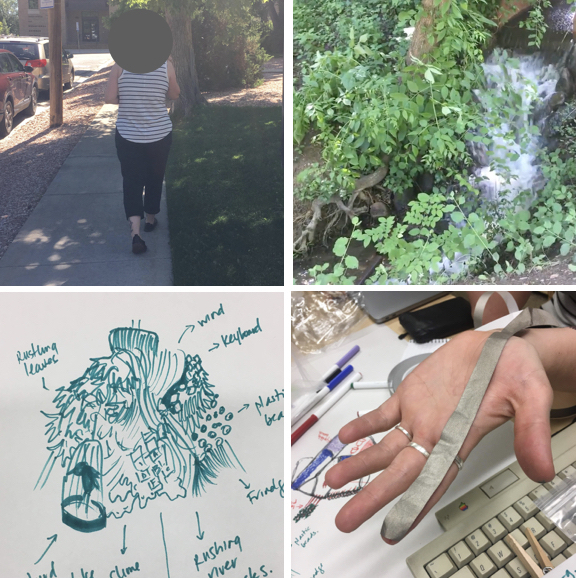
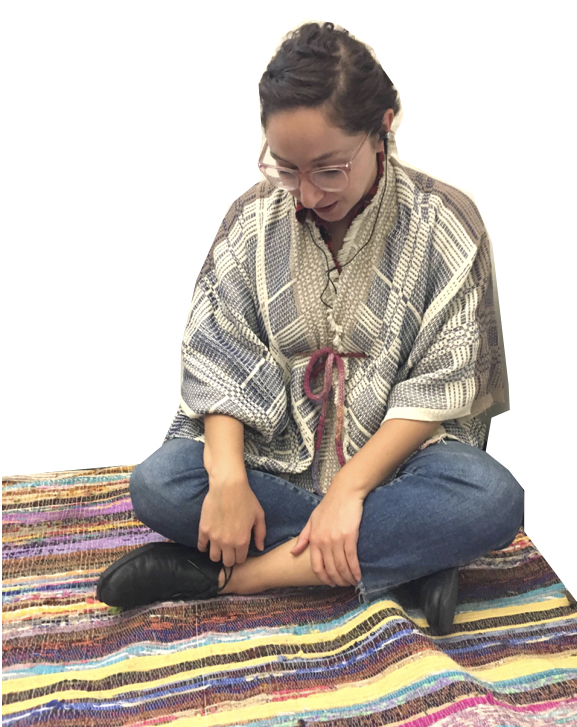

To learn more about the garments as well as all of our different ideas surrounding ASMR and design please check out the paper!
